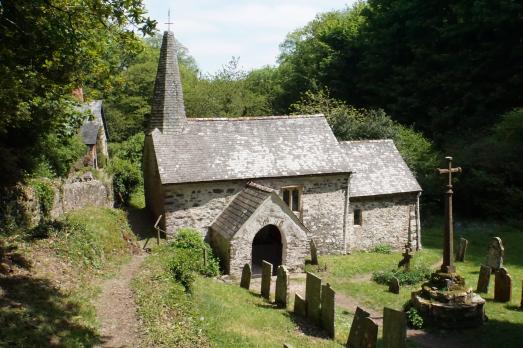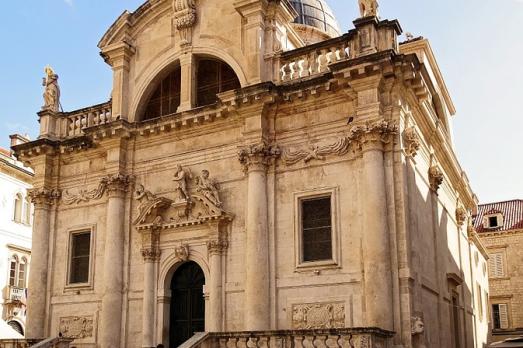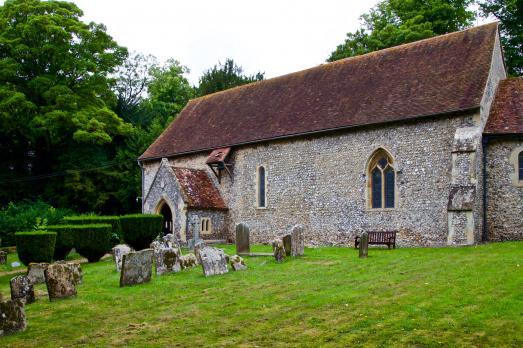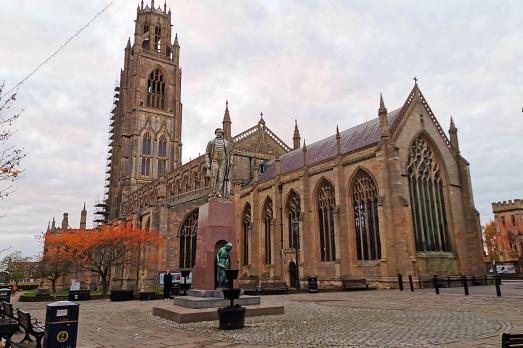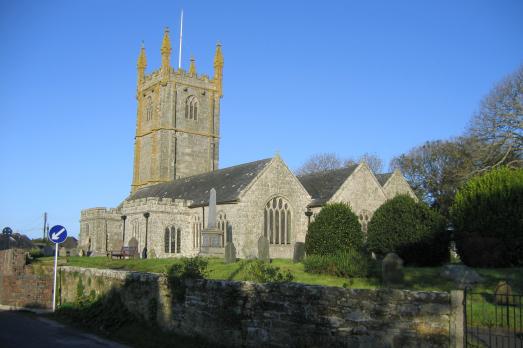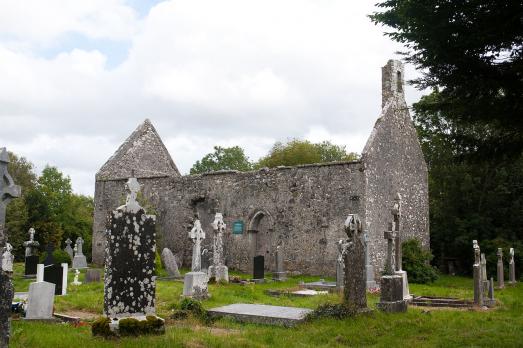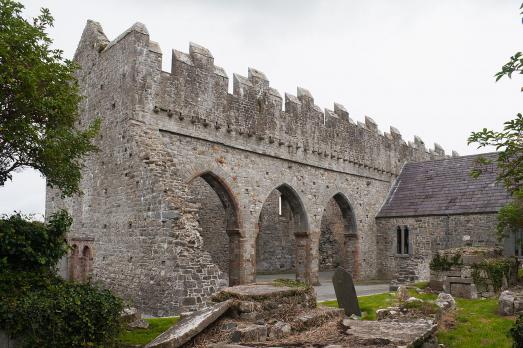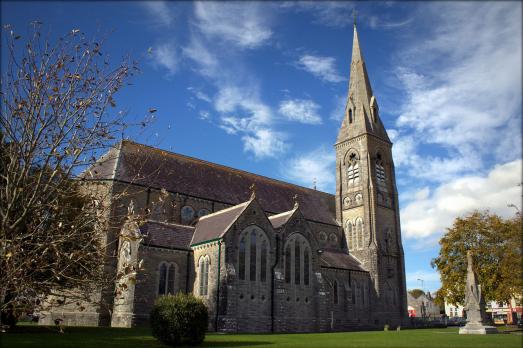
St Benet Paul's Wharf
City of London, GB
There has been a church on this site, dedicated to St Benet (or Benedict), since the 12th century. Shakespeare refers to it in Twelfth Night: Feste, the Clown asking Duke Orsino to add a third to the two coins he is offering reminds him: '...the bells of St Bennet, sir, may put you in mind 'one, two, three'. In the 16th century, both Anne Boleyn and Lady Jane Grey may have received the last rites at St Benet on their way to execution at the Tower.
